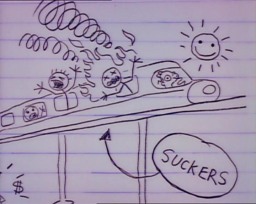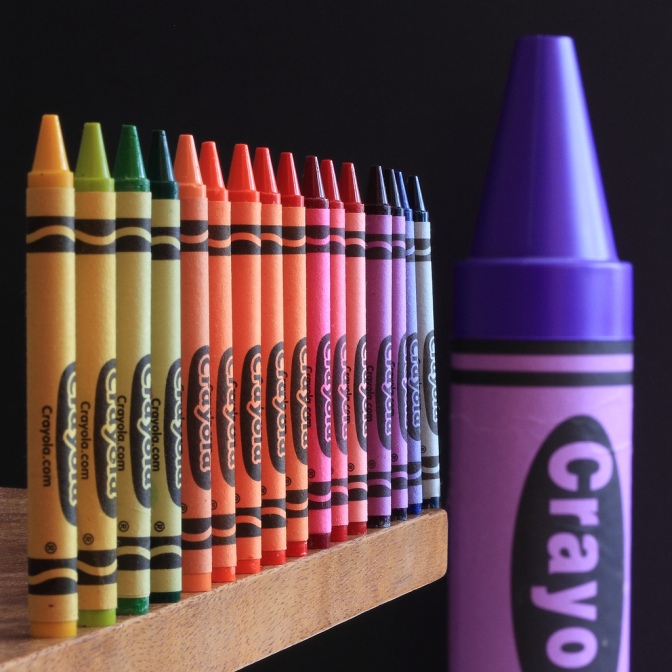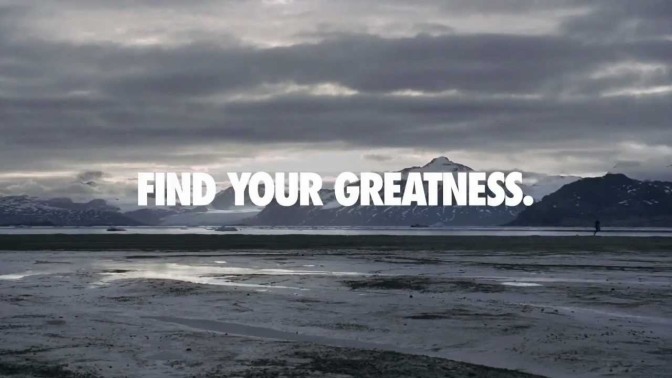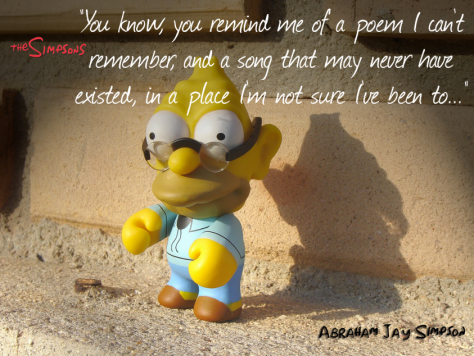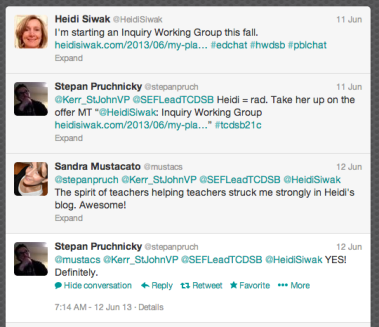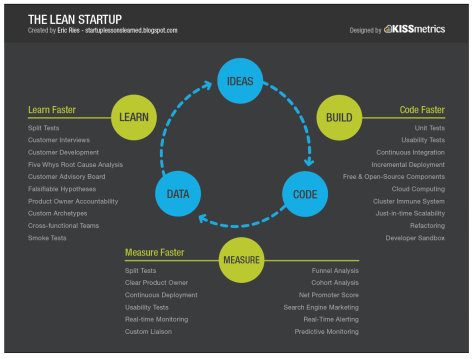Remember Lyle Lanley? No?
Maybe this will jog your memory:
Mr. Lanley’s notebook revealed more of his dastardly plans:
There are plenty of Lyle Lanleys blighting the education landscape. 21st century learning is a nebulous term. It has fuzzy edges along with many competing definitions. This leaves it ripe for hucksters like Lyle Lanley to sweep in with overly simple answers to increasingly complex situations. These reductionists pitch products and/or programs based on shoddy research or sadly in some cases, no research at all.
Neuroscience has largely been a progressive venture but it has also been hijacked by those looking to make a buck off of education. Reductionists seek to deconstruct complex systems in order to prove that they are no greater than the sum of their parts. There are three pervasive education/neuroscience myths that the Lanleys like to exploit: 1) Right Brain vs. Left Brain leanings 2) Learning Styles and 3) ultimately Brain-based Learning as a whole. It is time to pull back the curtain on each of these myths and expose them for what they are and their pushers for whom they are.
1) RIGHT BRAIN vs. LEFT BRAIN:
This myth has led to many students being labeled as “right brained” or “left brained” depending upon a perceived level of creativity. This damaging myth has been exploited by publishers and education entrepreneurs for decades. This poorly conceived notion can lead to a fixed mindset whereby students can be led to believe that their levels of creativity are static.
This myth has its roots in the the work of Gereon Fink, at the time from the University of Düsseldorf in Germany, and John Marshall from the Radcliffe Infirmary in Oxford. They used brain scans to support the idea of hemispheric dominance. This led to a movement where people began to speculate that the creative abilities were based in the right hemisphere, and logical faculties in the left. This myth infiltrated education for many years (and still lives on in some places) with students taking left/right brain questionnaires so that their learning could be tailored. Countless research studies have led to contradictory results. Neuroscience and true research definitively discounts the idea of hemispheric dominance. So to the idea of Right Brain vs. Left Brain, I call….”BULLSHIT!”
Thankfully, there is a movement afoot to debunk this damaging myth and to recognize the complexity of the human brain. The “No Right Brain, Left Brain” advocacy group is backed by Deepak Chopra and Sir Ken Robinson but sadly many resources based on hemispheric dominance are still being published.
2) LEARNING STYLES:
This damaging myth has been heavily exploited by profiteers both past and present. The supporters of this movement purport that an individual learns best when information is taught in a manner consistent with his or her “learning style”. Researchers investigating the validity of this myth have uncovered as many as 71 supposed learning styles. The concept sounds great, but has no credible research support.
The idea of learning styles is rooted in the theory of multiple of intelligences, developed in the early 1980s by psychologist Howard Gardner of Harvard University. Gardner claimed to have identified 7 distinct types of intelligences (visuo-spatial, bodily-kinesthetic, musical, interpersonal, intrapersonal, linguistic and logical-mathematical), and that this “challenge[s] an educational system that assumes that everyone can learn from the same materials in the same way”. It’s a myth though. There is no scientific evidence that children learn any better or differently when presented to them in their “preferred learning style.” Research actually points out quite the opposite. According to Paul Howard-Jones of the University of Bristol, while speaking at a workshop about the impact of neuroscience on society at the BNA Festival of Neuroscience ,some research actually suggests that children learn better when presented with information that pushes them out of their “comfort zone.” So to the concept of “Learning Styles”, I call “BULLSHIT!”
This infographic does a wonderful job of debunking “learning styles”:

Find more education infographics on e-Learning Infographics
Many 21C or Ed Tech entrepreneurs and publishers are looking to make a buck from the excitement and ambiguity of “EDUCATION 2.0”. Many of these products are based on neuromyths. The OECD states, “A neuromyth usually starts out with a misunderstanding, a misreading and, in some cases, a deliberate warping of the scientifically established facts to make a relevant case for education or for other purposes.” These myths are dangerous and duplicitous. The OECD continues, “Parents, teachers and educational specialists are naturally eager to put into practice what they have read or heard in the popular media. There is a danger that they might be tempted to too readily adopt so-called “brain-based” teaching or rearing strategies that are in fact not based on any evidence at all.” People are always looking for answers and the Lyle Lanleys of the world are looking to sell them. Just like the human brain, education is a complex system. When we try to reduce it to its base parts, we strip it of its beauty.
Don’t just take my word at face value, do some follow-up on your own as well. The following links are both source material for this piece and further research:
Think Neuroscience – The Myth of Learning Styles
Separating Neuromyths from Science in Education
Edutopia – Education Neuromyths
CEA -Neuromyths are a Barrier to Changing Education
There are countless research based ideas to support the integration of 21st century learning fluencies. We just have to be patient and judicious as we seek to discern fact from fiction.


